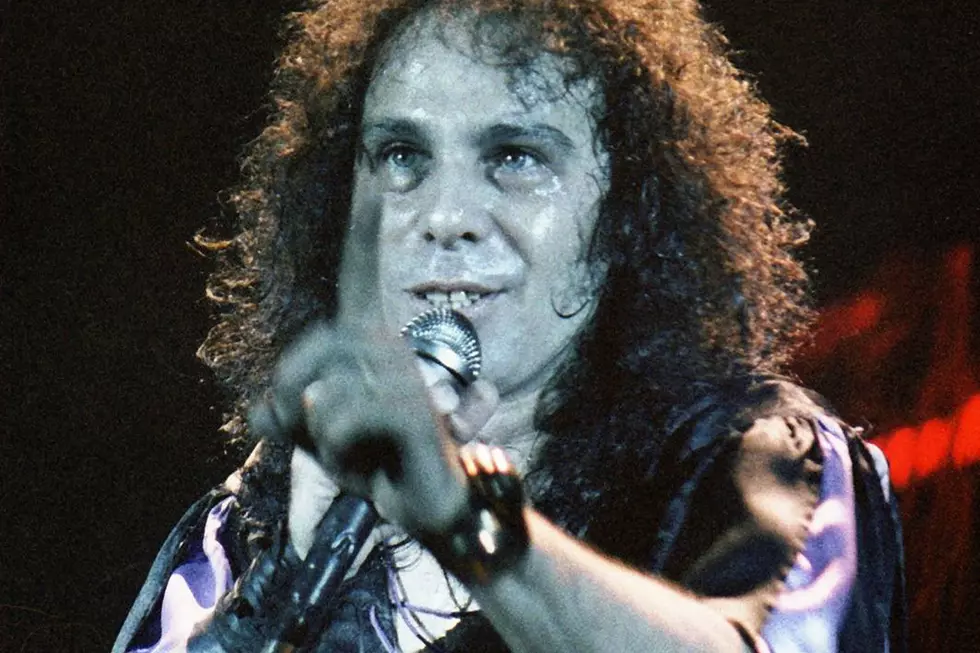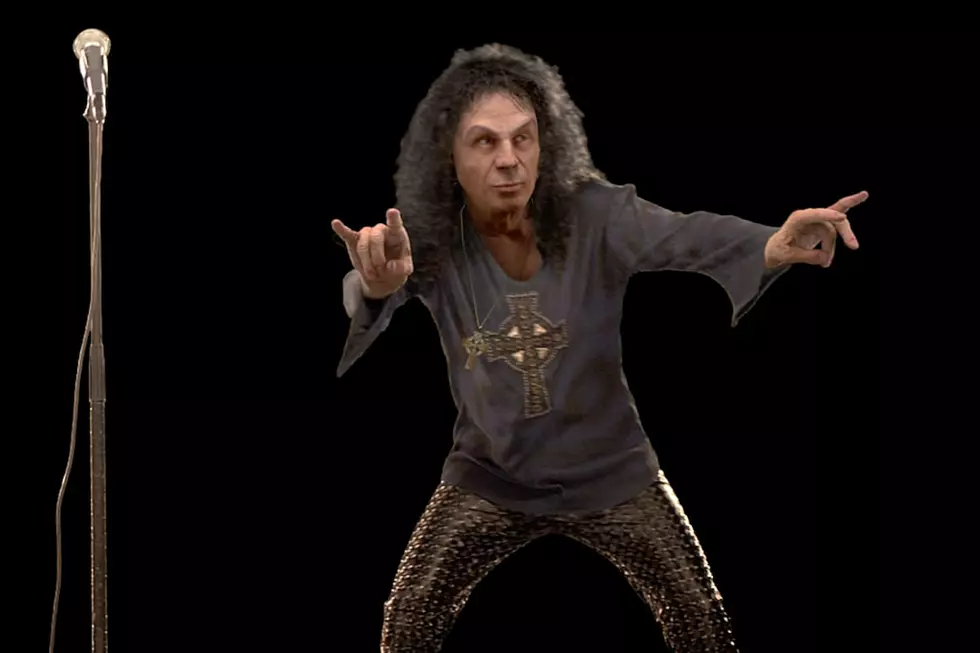
How Dio Upped the Fantasy Ante Again With ‘Magica’
Ronnie James Dio embarked on his sixth decade as a professional entertainer with the release of his eponymous group’s eighth studio album, Magica, on March 21, 2000. Chances are that Dio was mighty pleased to bid the '90s a hearty goodbye, given that decade’s general unfriendliness to heavy metal, and the great singer’s own struggles moving his remarkable career forward.
After the disappointing breakdown of his second stint in Black Sabbath for the Dehumanizer era, Ronnie reassembled Dio around original drummer Vinnie Appice and brand new members (guitarist Tracy G., ex-Dokken bassist Jeff Pilson) for 1994’s Strange Highways and ’96’s Angry Machines.
Then came the surprise announcement that guitarist Craig Goldy, who had briefly worked with Dio on 1987’s Dream Evil, would be returning to the fold, along with former AC/DC drummer Simon Wright (who’d played on 1990’s Lock Up the Wolves) and long-serving bassist Jimmy Bain (famous for his work on Dio’s first four albums and Rainbow before that).
All this raised expectations surrounding Dio’s next album, which saw the heavy metal icon (now signed to independent Spitfire Records) doubling down with the ambitious fantasy concept and imaginary kingdom-fueling Magica, which was meant to be the first in a trilogy of albums based on this storyline. As such, the album began with a cryptic robotic narration and a made-to-order melodic theme before unleashing its first song proper in the doom colossus, “Lord of the Last Day,” which felt like the best sort of hangover from Ronnie’s most recent Black Sabbath experience.
Listen to Dio Perform 'Fever Dream'
For its part, first single “Fever Dream” borrowed its swinging riff from Ronnie’s Rainbow partner, Ritchie Blackmore, while the majestic “Eriel” referenced the stately march of Sabbath’s “Heaven and Hell” and “As Long as It’s Not About Love” showed quality power ballads weren’t illegal in the ‘90s.
There were also numerous highlights in the patented Dio band mold, with songs like “Feed My Head,” “Challis (Marry the Devil’s Daughter),” and “Losing My Insanity” that walked a tightrope between hook-laden heaviness and metallic majesty. Finally, there was a lengthy recital of the Magica story, courtesy of Dio himself, which showed how much thought and detail he had devoted to the album’s central concept.
This devotion was mirrored in the positive reaction from fans, who embraced Magica as one of the finest recordings of his long and distinguished career, and supported their hero’s retooled band on a world tour that took them into 2001. By all accounts, this was one of Dio’s most successful latter-day tours, but the once-promised second and third installments in the Magica trilogy were never recorded.
Instead, Ronnie and his revolving cast of backing musicians shifted gears somewhat for 2002’s Killing the Dragon and 2004’s Master of the Moon. That led to the singer’s third and final reunion with Black Sabbath, now billed as Heaven and Hell, before he passed from cancer in 2010.
15 Famous Acts Who Released Only One Album
10 Most Important Dio Historical Moments
More From Ultimate Classic Rock









